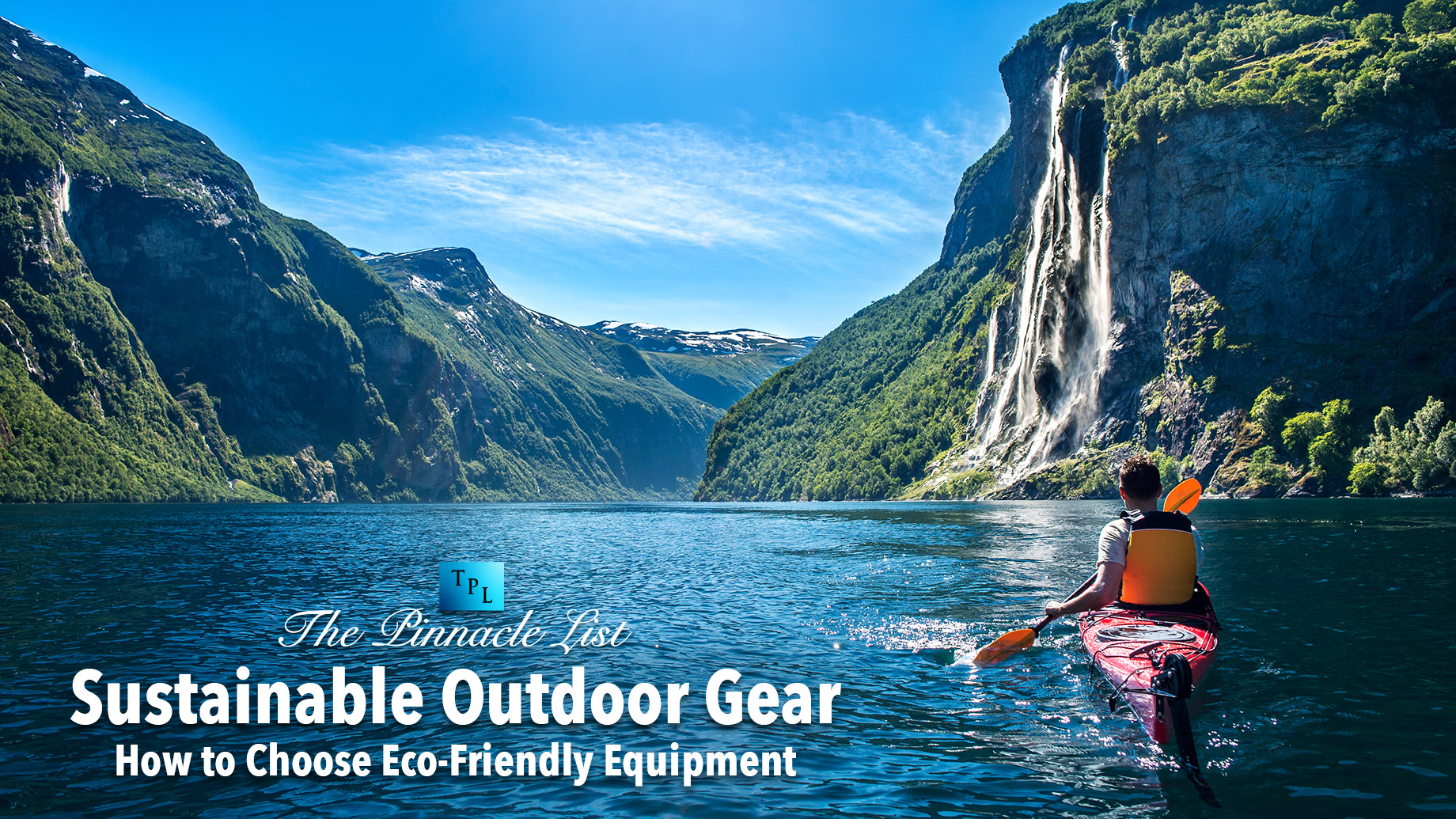
When planning your next adventure, it’s essential to consider the impact your gear has on the environment. Choosing sustainable outdoor gear helps protect the natural landscapes you love to explore and ensures future generations can enjoy them too. Here’s how to make eco-friendly choices without compromising on performance or comfort.
Understanding Sustainable Materials
The first step in selecting eco-friendly outdoor gear is understanding the materials used in its production. Look for items made from recycled or natural materials, such as recycled polyester, organic cotton, and responsibly sourced wool. These materials reduce waste and minimize the use of non-renewable resources, making them better for the environment.
Certifications and Standards
Certifications can guide you in identifying truly sustainable products. Look for certifications such as the Global Recycled Standard (GRS), bluesign® approved, and Fair Trade Certified. These labels ensure that the materials and manufacturing processes meet strict environmental and social criteria, helping you make informed decisions when shopping for gear.
Durability and Longevity
One of the most sustainable choices you can make is to buy durable, high-quality gear that lasts. Well-made products reduce the need for frequent replacements, which in turn reduces waste and resource consumption. Invest in gear known for its longevity and repairability to ensure it can withstand years of use.
Repair and Maintenance
Proper maintenance extends the life of your gear, keeping it out of landfills longer. Learn how to care for your equipment, from cleaning and waterproofing to repairing minor damages. Many brands offer repair services or kits to help you fix your gear, further promoting sustainability.
Secondhand Gear
Purchasing secondhand gear is a fantastic way to reduce your environmental footprint. Many outdoor enthusiasts sell or trade gently used items, giving them a second life. Check out thrift stores, online marketplaces, and gear swaps to find high-quality secondhand equipment at a fraction of the cost of new items.
Minimalist Packing
Adopting a minimalist approach to packing not only lightens your load but also reduces your environmental impact. Choose multi-functional items that serve multiple purposes, and avoid over-packing by selecting only the essentials. This strategy minimizes waste and ensures you carry only what you need.
Eco-Friendly Brands
Support brands that prioritize sustainability in their business practices. Research companies’ environmental policies, production methods, and corporate social responsibility initiatives. Many outdoor brands are making strides in sustainability, offering eco-friendly options without sacrificing performance.
Sustainable Packaging
Consider the packaging when purchasing outdoor gear. Look for brands that use minimal, recyclable, or biodegradable packaging. Avoid products with excessive plastic or unnecessary packaging materials. By choosing items with sustainable packaging, you contribute to reducing overall waste.
Carbon Footprint
Be mindful of the carbon footprint associated with your gear. This includes the production, transportation, and disposal of the items. Opt for locally sourced products when possible, as they often have a lower carbon footprint due to reduced transportation emissions. Additionally, some companies offset their carbon emissions by investing in renewable energy projects.
Community and Advocacy
Get involved with communities and organizations that advocate for environmental conservation. Join groups that promote sustainable outdoor practices and participate in local clean-up efforts. By engaging with like-minded individuals, you can share knowledge, resources, and tips for living more sustainably.
At Arc’teryx, they offer a range of eco-friendly skiing and snowboarding gear designed to meet the needs of environmentally conscious adventurers. Their commitment to sustainability is evident in their use of recycled materials, durable construction, and eco-friendly manufacturing processes, ensuring you can enjoy the great outdoors while minimizing your impact.
Choosing sustainable outdoor gear is a rewarding way to protect the environment and enhance your outdoor experience. By understanding materials, supporting eco-friendly brands, and adopting sustainable practices, you can make a positive impact on the planet. Whether you’re exploring the great outdoors or gearing up for your next adventure, these tips will help you make environmentally responsible choices every step of the way.